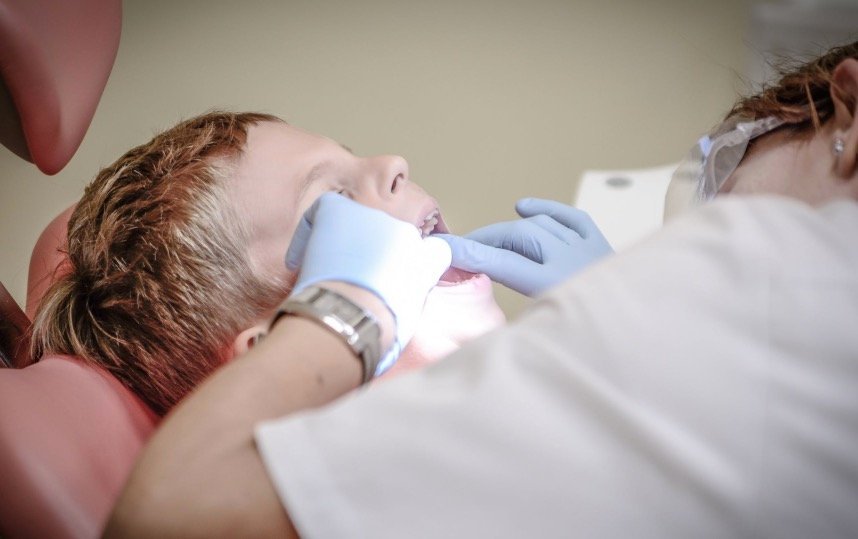Single-origin coffee roasting is an art that unlocks the unique flavors of beans from a specific location. By understanding how terroir, roasting techniques, and freshness interact, you can transform your daily brew into an exceptional tasting experience. This guide will walk you through the essential steps, from sourcing quality beans to mastering the perfect roast, allowing you to appreciate the distinct story each cup of coffee has to tell.
What Exactly is Single-Origin Coffee?
When you hear the term “single-origin,” it simply means the coffee beans come from one specific place. This could be a single farm, a small cooperative of farmers in one area, or a particular region within a country. This traceability is what makes single-origin coffee so special.
Unlike blends, which combine beans from different places to create a consistent and balanced flavor, single-origin coffees are all about showcasing a unique taste profile. The goal is to let the character of that one specific location shine through. You are tasting the direct result of its environment, from the soil it grew in to the climate that nourished it.
Think of it like wine. A wine from a specific vineyard in France will taste very different from one made in California, even if they use the same grape. Coffee is the same. This focus on a single source allows you to explore a vast world of distinct flavors that you would miss in a typical blend.
The Crucial Role of Terroir in Flavor
You cannot talk about single-origin coffee without mentioning terroir. Terroir is a French term that covers all the environmental factors that affect a crop’s flavor, and in coffee, its influence is huge. It’s the reason a coffee from Ethiopia tastes so different from one grown in Colombia.
The main components of terroir include the soil composition, the altitude where the coffee is grown, and the local climate, including rainfall and sunshine. For example, coffee grown at high altitudes matures more slowly, which allows more complex sugars and flavors to develop in the bean. This often results in a more acidic and aromatic cup.
The unique geography of each coffee-growing region contributes to specific flavor notes, acidity levels, and body. Learning about the terroir of your beans helps you understand the story behind the cup and allows you to select coffees that better match your personal taste preferences.
Mastering the Coffee Roasting Process
Roasting is the magical process that transforms green, raw coffee beans into the brown, aromatic beans we all know and love. It is a delicate balance of heat and time, where even small adjustments can dramatically change the final taste of your single-origin coffee.
The process moves through several key stages. It starts with drying, where moisture evaporates from the bean. This is followed by a yellowing phase and then the famous “first crack,” a popping sound that signals the beans are entering a light roast. After the first crack, the development time begins, which is when most of the flavors you taste are created.
The relationship between roasting time and temperature is the most critical factor in determining the flavor profile. A faster, hotter roast might bring out more sweetness, while a slower, cooler roast can develop more complexity and depth. Fine-tuning these variables is how a roaster highlights the unique qualities of each single-origin bean.
| Temperature Range | Roast Time | Typical Flavor Outcome |
|---|---|---|
| 190°C – 205°C | Shorter | Bright, acidic, with fruity and floral notes |
| 210°C – 220°C | Longer | Bold, rich, with chocolaty and nutty flavors |
How to Identify and Develop Flavor Profiles
Your journey into single-origin coffee truly comes alive when you start identifying specific flavor notes. Each bean tells a story through its taste, which is shaped by its origin, elevation, and how it was processed. By tasting different beans, you can train your palate to recognize notes of fruit, flowers, chocolate, nuts, or even spices.
The brewing method you choose plays a massive role in which flavors are extracted and highlighted. There is no single “best” method; it all depends on the bean and your personal preference. Experimenting with different techniques is the best way to find what works for you.
Here are a few examples of how brewing can change the flavor:
- Pour-Over Methods: These are excellent for highlighting the bright acidity and delicate floral notes often found in Ethiopian coffees.
- French Press: This immersion method creates a heavier body and richness, which can beautifully complement the chocolate and nutty notes of a Colombian bean.
- Aeropress: Known for its versatility, it can produce a very clean and bright cup, allowing subtle flavors to come forward.
Remember that other factors like water temperature, grind size, and brew time are also important. By adjusting these variables, you can unlock the full potential of your single-origin beans and customize your coffee experience.
Sourcing High-Quality Single-Origin Beans
To craft a great cup of coffee, you must start with great beans. When you decide to explore single-origin roasting, sourcing quality beans is your first and most important step. This means looking for beans from specific locations known for their unique flavor characteristics, such as Ethiopia, Guatemala, or Colombia.
Beyond geography, it is important to consider ethical sourcing practices. Choosing beans from farmers who use sustainable farming methods and adhere to fair trade standards supports coffee-growing communities and ensures higher quality. By connecting with reputable importers or directly with farmers, you can access beans that meet your standards for both flavor and ethics.
Beans that are sourced ethically often lead to better flavors because they are grown with more care. This approach promotes transparency in the coffee industry and encourages practices that benefit everyone from the grower to the consumer, enriching the entire coffee experience.
Why Freshness is Non-Negotiable
Even with the best beans and a perfect roast, none of it matters if the coffee isn’t fresh. Freshness is the foundation of an amazing coffee experience. Beans roasted within the last few weeks will have vibrant flavors and incredible aromas that stale beans simply cannot match.
The wonderful flavors in coffee come from volatile oils that begin to break down as soon as they are exposed to oxygen after roasting. As these oils dissipate, the coffee loses its bright acidity and depth, resulting in a flat or dull taste. Always check the “roasted on” date on your coffee bag to ensure you are getting the freshest beans possible.
Proper storage is essential for preserving that freshness. To protect your beans, keep them in an airtight, opaque container stored in a cool, dark place like a pantry. Avoid the refrigerator or freezer, as moisture and temperature fluctuations can damage the beans and compromise their flavor.
Techniques for Tasting and Evaluating Your Roast
For any coffee lover, learning to taste and evaluate single-origin brews is a rewarding skill. By using your senses, you can identify the unique flavors and aromas that make each region’s coffee special. This practice deepens your knowledge and enhances your overall appreciation for coffee.
The professional method for tasting is called “cupping.” It is a standardized process that allows you to evaluate a coffee’s profile without bias. It involves smelling the dry and wet grounds, breaking the “crust” of coffee that forms on top, and slurping the brew from a spoon. Slurping helps spray the coffee across your entire palate, allowing you to detect more subtle nuances.
A key part of your coffee journey is learning to describe what you taste. By keeping a journal and documenting your impressions, you will improve your tasting skills over time. Focus on describing the acidity (brightness), body (mouthfeel), and aftertaste. This practice not only makes you a better taster but also helps you share your experiences with a community of fellow coffee enthusiasts.
Frequently Asked Questions about Single-Origin Coffee
What is single-origin coffee and why is it special?
Single-origin coffee comes from a specific location, like a single farm or region. It is special because it highlights the unique flavors of that area’s soil and climate, offering a distinct and authentic taste that is not found in blended coffees.
How is roasting single-origin coffee different from roasting blends?
Roasting single-origin coffee requires a more precise approach to bring out its unique character. Roasters adjust time and temperature carefully for each specific bean, whereas blends are roasted to achieve a consistent, balanced flavor that appeals to a broader audience.
What kind of flavors can I expect from single-origin coffees?
The flavors are incredibly diverse. For example, Ethiopian coffees often have bright, floral, and tea-like notes. Coffees from Colombia might have caramel and nutty undertones, while those from Sumatra can be earthy and herbal.
Does the processing method really change the flavor?
Yes, significantly. The washed process creates a clean, bright cup, enhancing citrus notes. The natural process, where the fruit is left on the bean while drying, produces complex, fruity, and wine-like flavors.
How do I choose a single-origin coffee I will like?
Start by thinking about the flavors you enjoy in other foods, whether it is fruity, chocolatey, or nutty. Read the tasting notes provided by the roaster and do not be afraid to ask for recommendations. Trying sampler packs is a great way to explore different regions and find your favorite.
How long do roasted coffee beans stay fresh?
For the best flavor, coffee beans should be used within two to three weeks of their roast date. Be sure to store them in an airtight container away from light and heat to preserve their freshness for as long as possible.








Leave a Comment